site search
online catalog
US MODEL 1819 FLINTLOCK PISTOL BY SIMEON NORTH
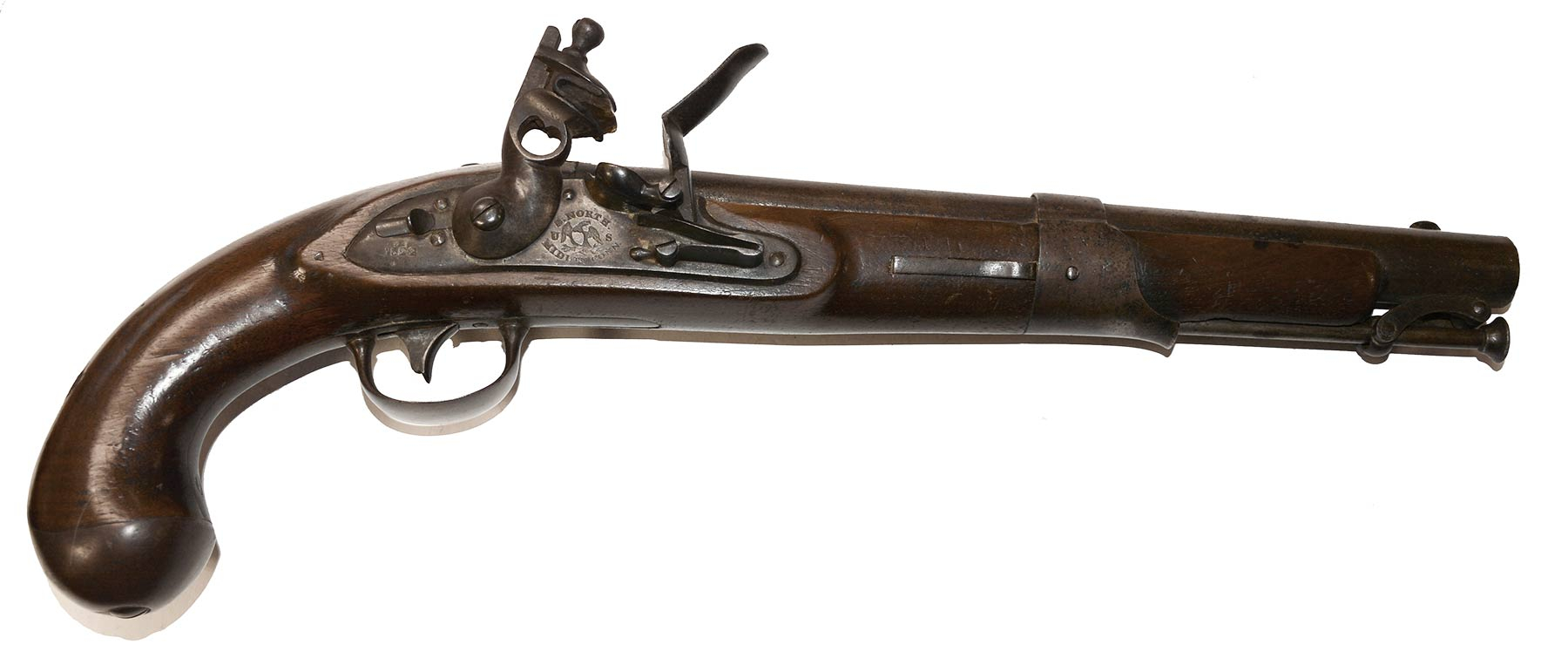
Hover to zoom

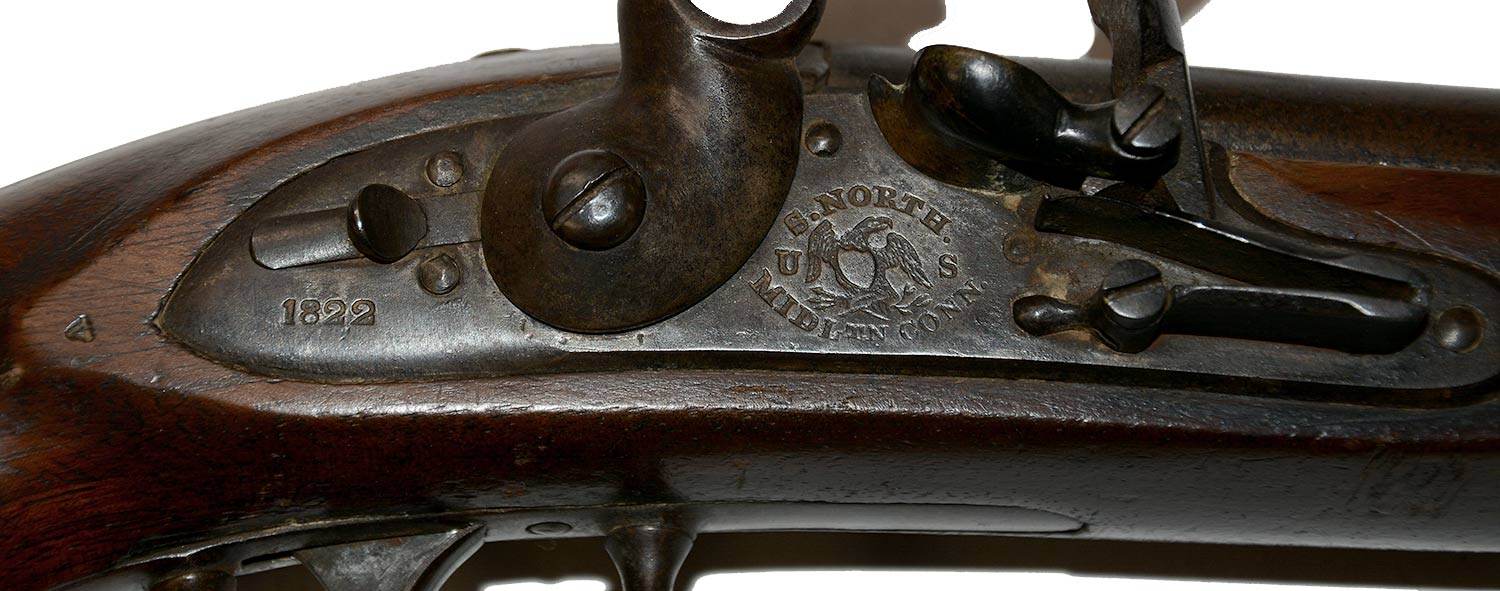
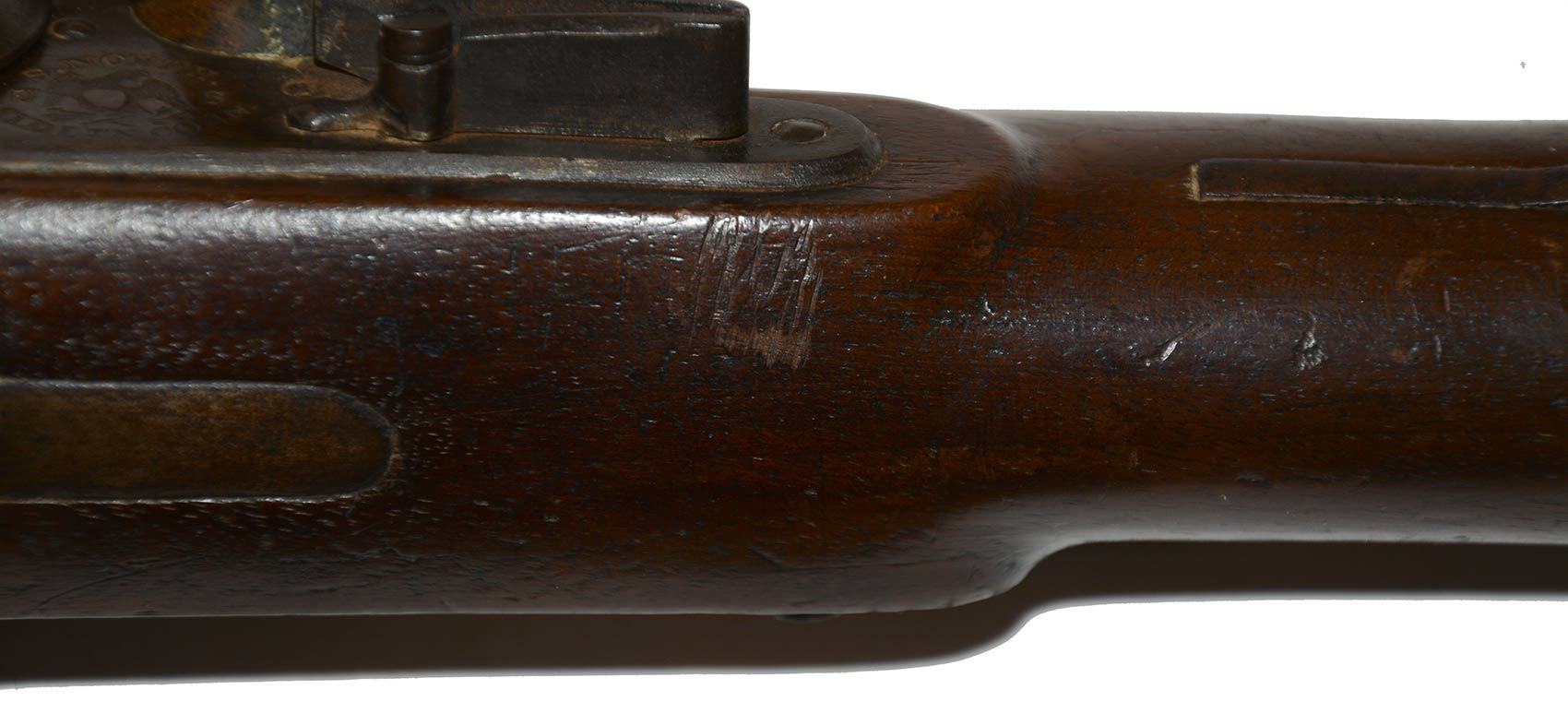
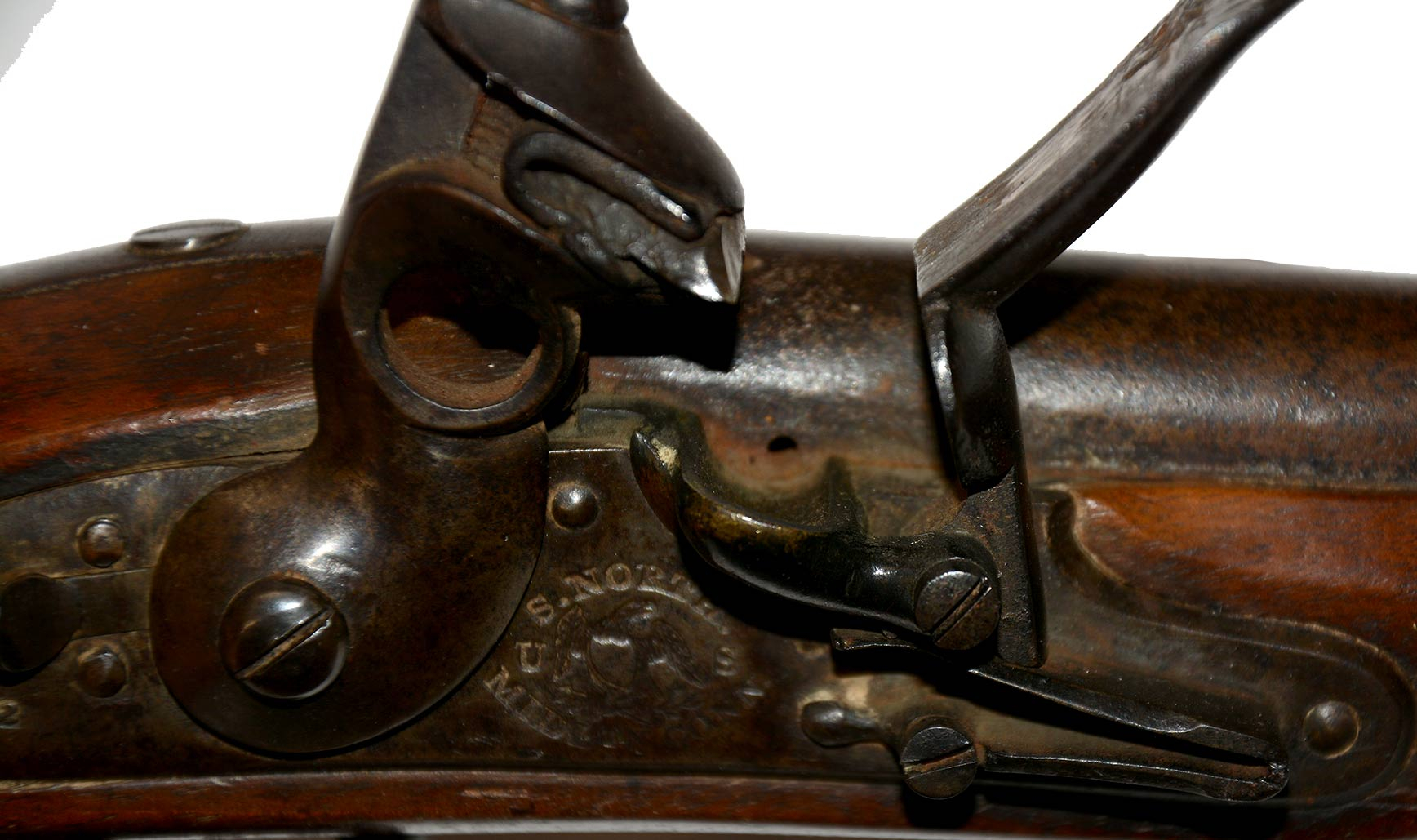
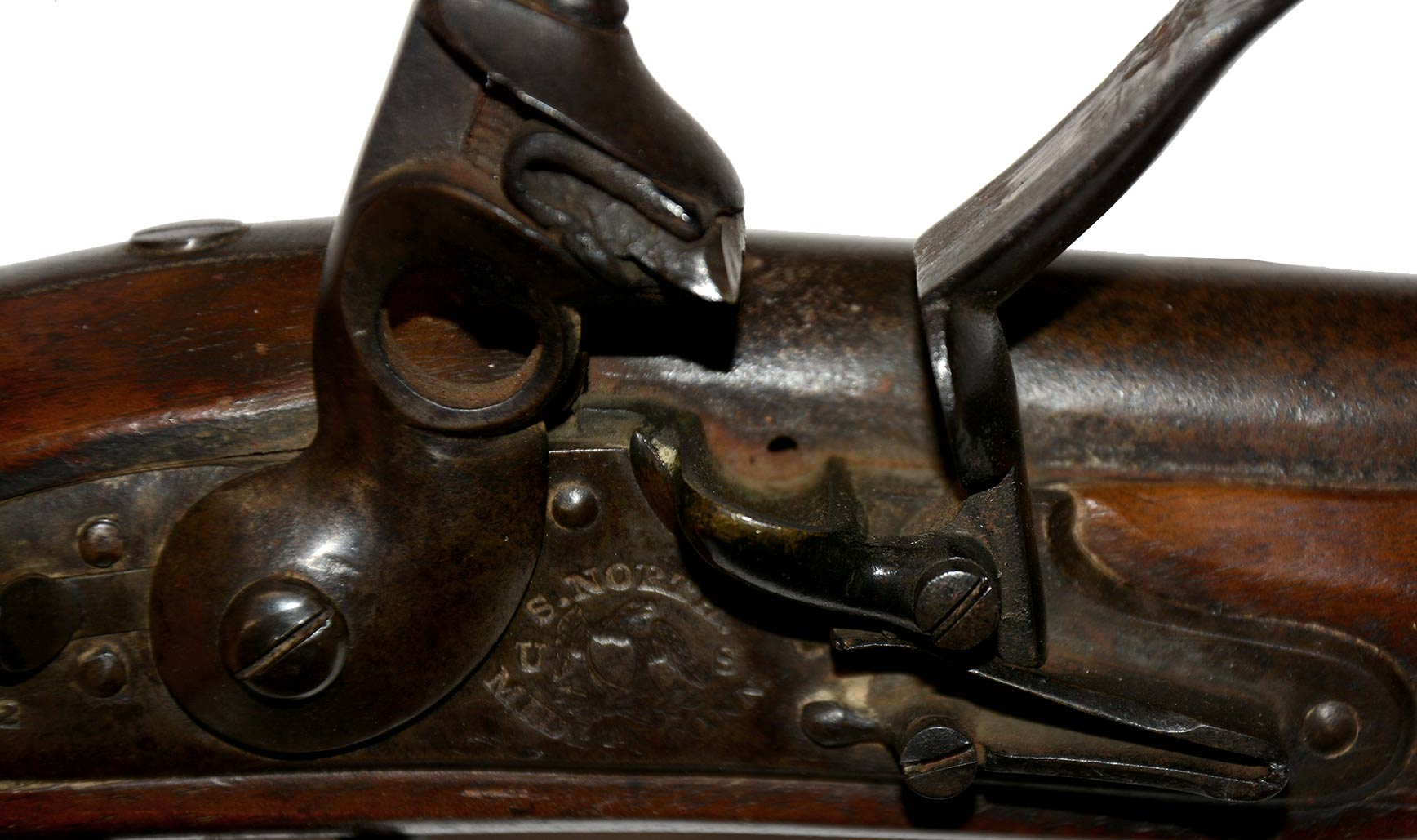
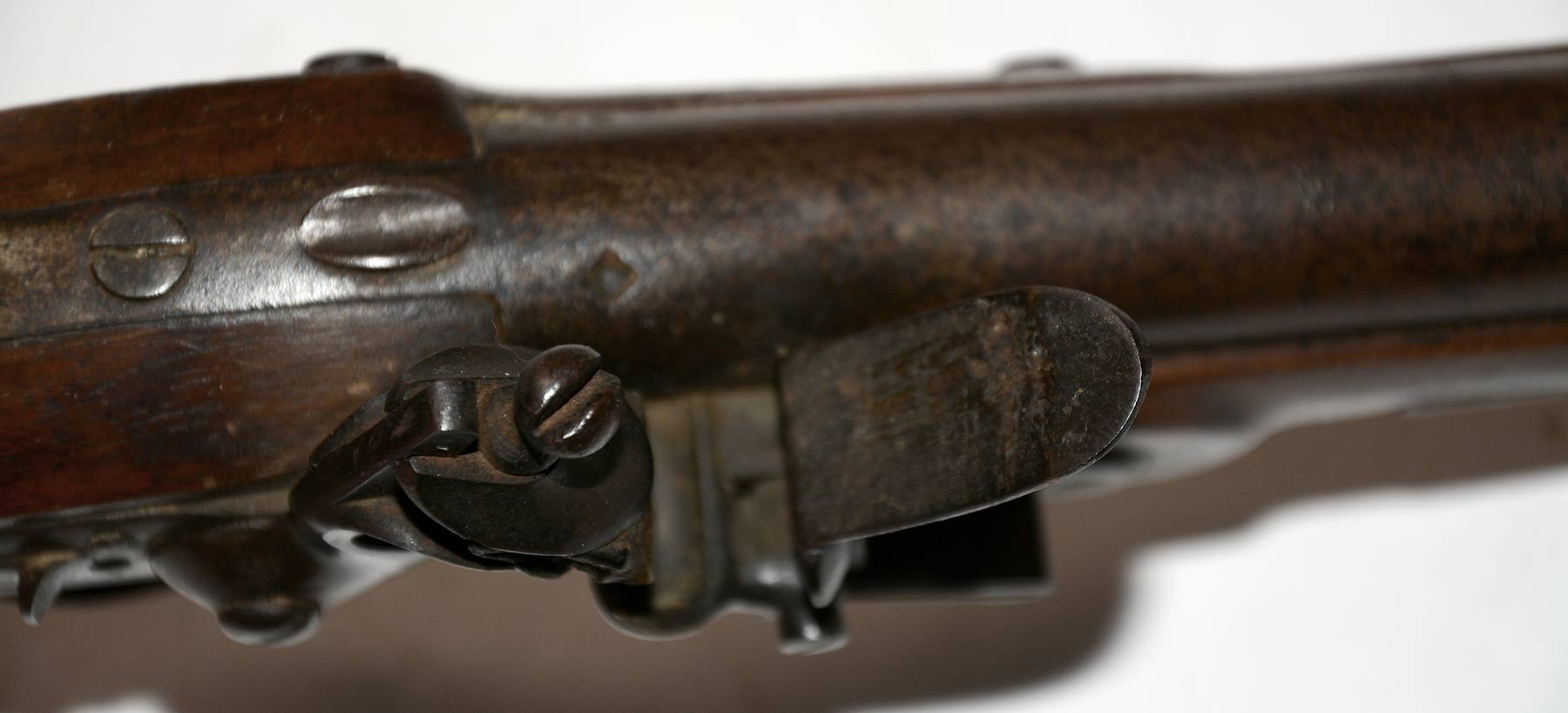



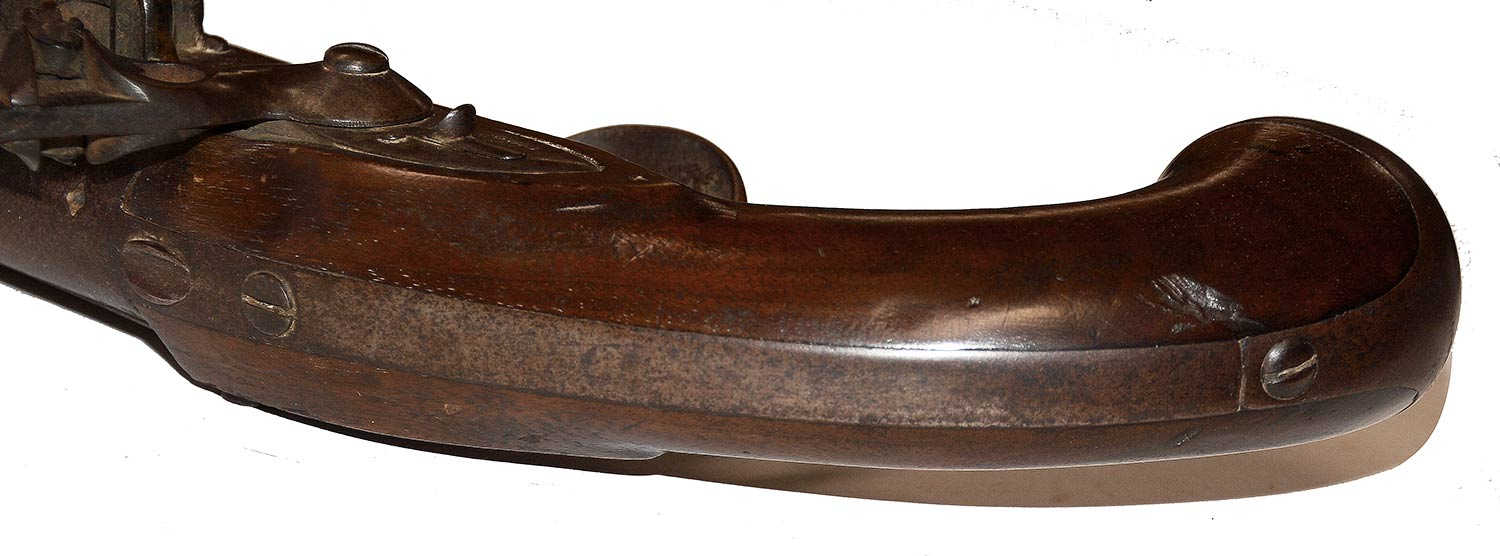
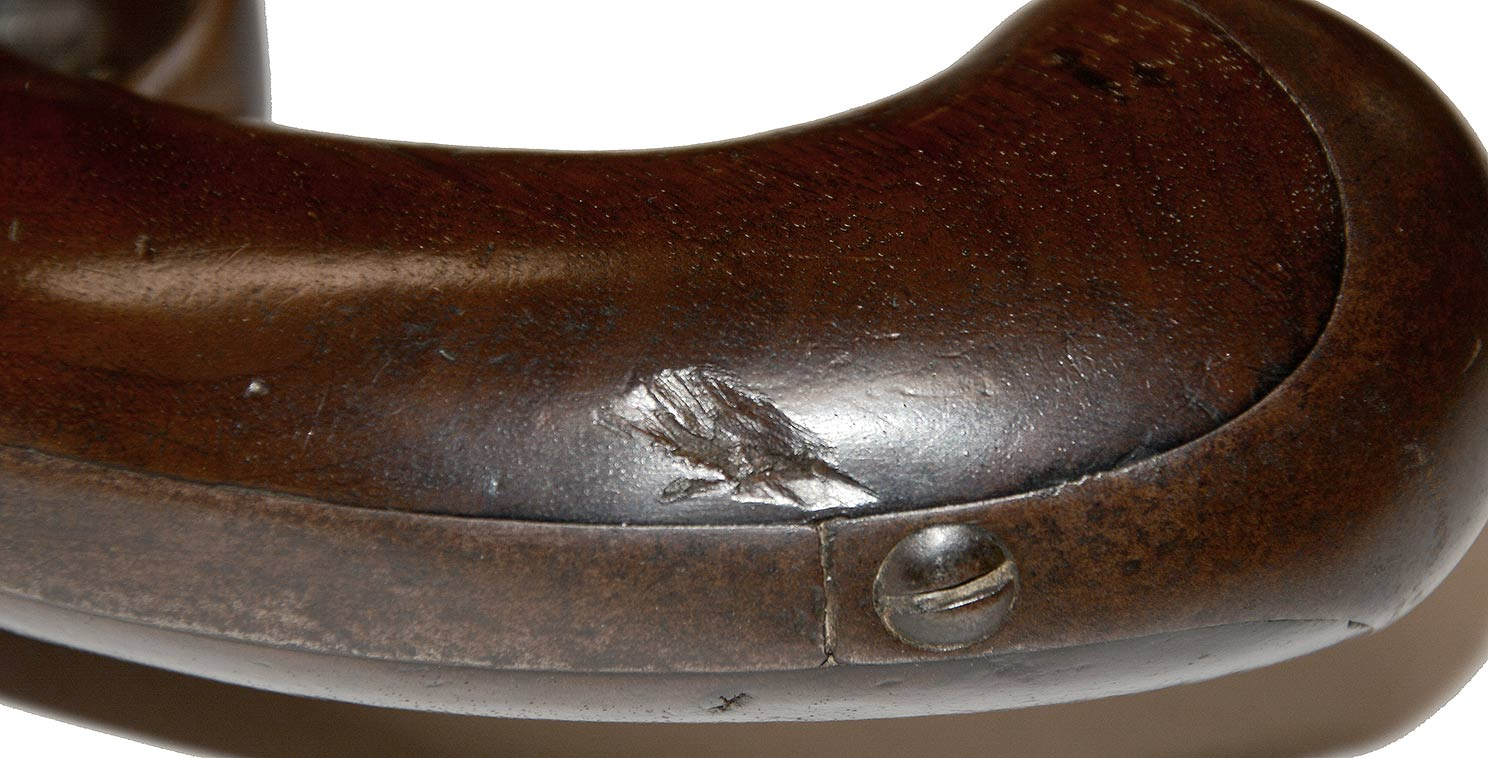
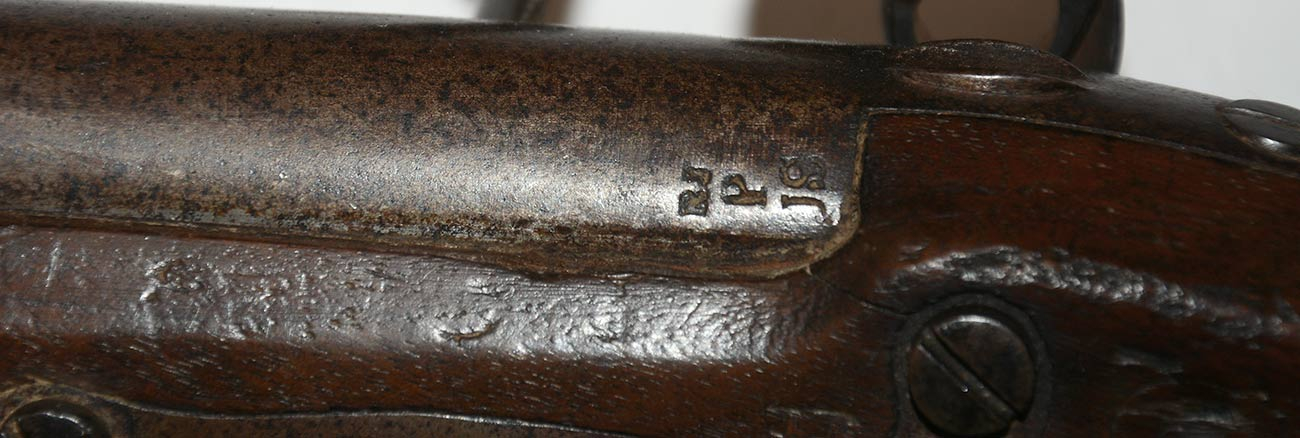
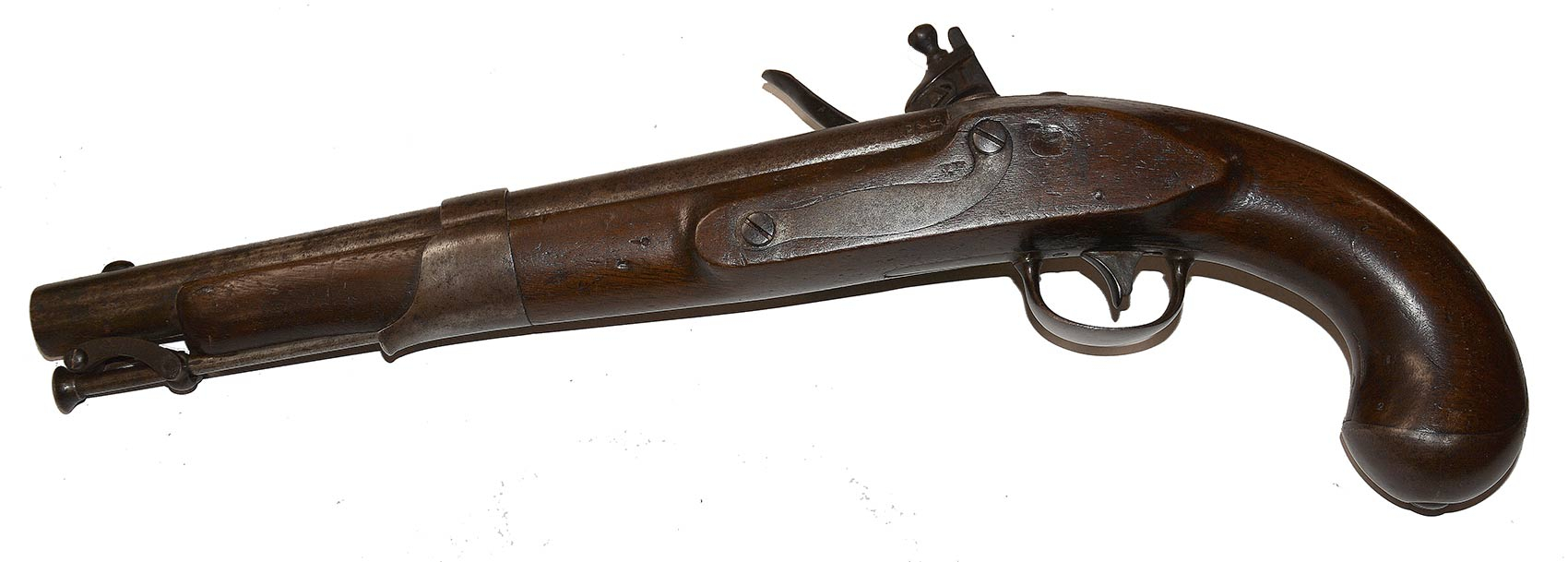
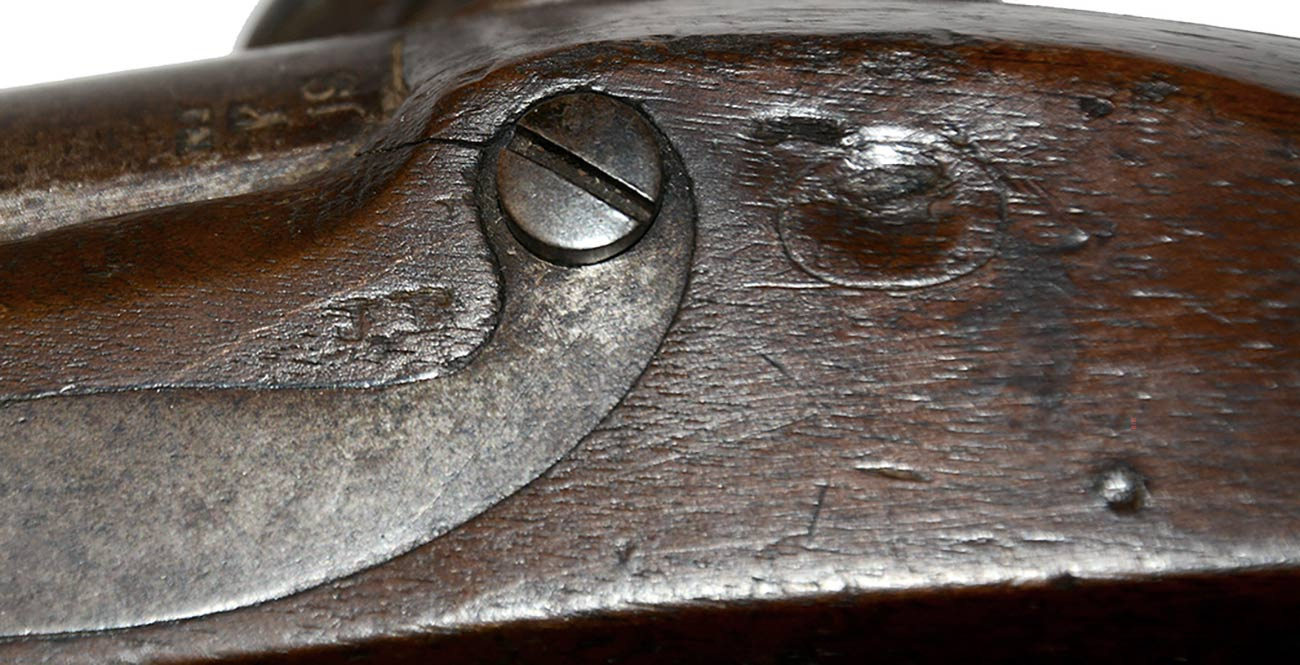
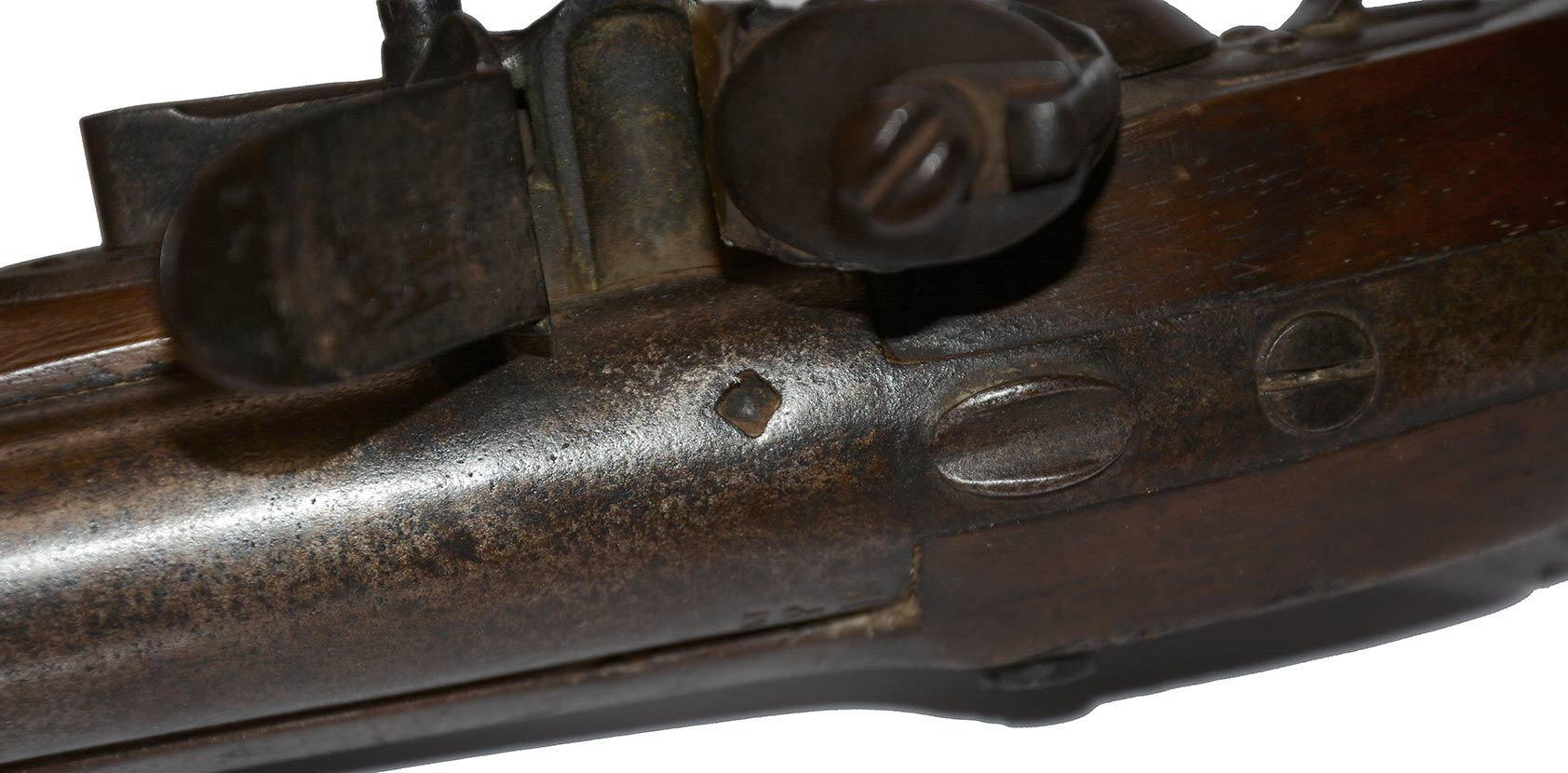
$2,695.00 SOLD
Quantity Available: None
Item Code: 490-3456
Simeon North delivered 20,400 of these army pistols to the U.S. government from 1820 through 1823. Twenty-thousand were produced on an 1819 contract for 10,000 pairs – cavalry (technically “dragoons” in the U.S. service) were expected to carry two pistols in their saddle holsters – and an additional 400 were a supplementary order placed in 1823. There were no cavalry units in the regular army at the time, but states could obtain them for their own troops under terms of the militia act, and when the Regiment of US Dragoons was organized in 1832/33, these would have been the most modern available. That regiment saw service out west and also in Florida in the Seminole War, as did some 152 companies of state volunteers (by Urwin’s account,) and was supplemented by a second regiment in 1836. A new pistol was adopted that year, but Randy Steffen illustrates the M1819 and the M1836 side by side as the standard pistols for U.S. mounted troops, regular and volunteer, in the Mexican War. This one escaped later conversion to percussion and shows not only the usual maker and federal inspection marks, but a small, deep diamond or square punch mark on the right breech, likely a state ownership mark or surplus mark applied when sold out of a state arsenal.
North’s 1819 US contract called for delivery of 10,000 pairs within five years. The pistol was intended to be an improvement upon the Model 1816. North based his production on pattern pistols made at Harpers Ferry, but made a few minor changes of his own. With twenty years of experience making pistols for the U.S. military starting with the 1799 North and Cheney, he was easily able to meet the contract, delivering 2,000 in 1820, 7,000 in 1821, 8,000 in 1822, and 3000 plus the additional 400 by the end of 1823. The pistols are .54 caliber, smoothbore, with 10-inch barrels, a blade front sight and oval concave rear sight on the breechplug tang. Mountings are iron, except for the brass front sight and flashpan, and include a single barrel band with a slightly drooping lower lip secured by a band spring, and a backstrap running all the way down the handle from the breechplug tang to the butt cap. They are recognized most readily by their use of a swivel-mounted captive ramrod and a sliding safety bolt on the lockplate. The swivel, of course, prevented loss of the ramrod, not unlikely if one attempted to reload while mounted. The safety locked the hammer at half-cock, permitting the frizzen to be lowered and the pan closed, and the pistol thus to be carried both loaded and primed.
This is a very good example in nice, untouched condition with clear markings in the metal and visible markings in the wood. The lock plate markings are crisp, deep, legible and similar to those used on the M1816: S. NORTH in an arc over an eagle (with shield, arrows and olive branch) in the middle of a US, and over MIDLTN, CONN. in a curve underneath, forward of the hammer. The date 1822 is deeply struck in a horizontal line at the rear of the plate, dating production of the lock, though the pistol itself could be from his 1822 or 1823 deliveries since North had made enough locks that year to cover to cover the remainder of his production run. The barrel is proofed at the left breech RJ/P/US, indicating the proofing was done by a fellow resident of Middletown, Connecticut, Robert Johnson. The barrel proofs are fully legible, though a little soft at the top of the P and left of the U, but this seems a common problem in the stamping of the curved surface of these barrels. The metal is smooth overall with just little crustiness near the breach shows as mix of gray with dark gray spots and some thin brown mixed in. The ramrod shows lighter from rubbing though the swivel mount.
The wood is full length, has good color, good edges, no cracks or breaks, and visible proof marks, but shows small handling marks, some scratches on the belly just forward of the triggerguard, a pressure dent on the counterpane, and a divot out of the handle on the right side near the join of the backstrap and butt cap. Nevertheless, it preserves a sharp “V” view mark, likely that of a stock inspector on the lock apron at the rear point, a set of initials on the counterpane near the lockplate, the first of which is certainly a “J,” and a script “JN” in an oval that is in a pressure dent, but still visible, and represents inspection by John Newbury, who worked at Springfield and by 1819 was listed as an inspector of contract arms.
This is a good looking, complete and original example of a U.S. regulation military single-shot flintlock pistol, an interesting collecting category on its own. It would make a great addition to an early cavalry display, and pair nicely with an 1818 Starr, an 1833 dragoon, or even an 1840 cavalry saber. [ad] [ph:L]
DISCLAIMER: All firearms are sold as collector's items only - we do not accept responsibility as to the shooting safety or reliability of any antique firearm. All firearms are described as accurately as possible, given the restraints of a catalog listing length. We want satisfied customers & often "under" describe the weapons. Any city or state regulations regarding owning antique firearms are the responsibility of the purchaser. All firearms are "mechanically perfect" unless noted, but again, are NOT warranted as safe to fire!
~~~~~~~~~~~~~~~~~~~~~~~~~~~~~~~~~~~
THIS ITEM, AS WITH ALL OTHER ITEMS AVAILABLE ON OUR WEB SITE,
MAY BE PURCHASED THROUGH OUR LAYAWAY PROGRAM.
CLICK HERE FOR OUR POLICIES AND TERMS.
THANK YOU!
Inquire About US MODEL 1819 FLINTLOCK PISTOL BY SIMEON NORTH
Most Popular
Historical Firearms Stolen From The National Civil War Museum In Harrisburg, Pa »
Theft From Gravesite Of Gen. John Reynolds »
Selection Of Unframed Prints By Don Troiani »
Fine Condition Brass Infantry Bugle Insignia »
featured item
EXQUISITELY BEAUTIFUL LARGE 1862 DATED PORTRAIT OF AN UNKNOWN UNION LIEUTENANT COLONEL
This fantastic painting is oil on canvas and meas. approx. 35.00 x 39.00 inches framed. The subject is an unknown Union lieutenant colonel from the Philadelphia area. He wears a dark blue double-breasted frock coat with gold buttons and a white… (L15593). Learn More »


